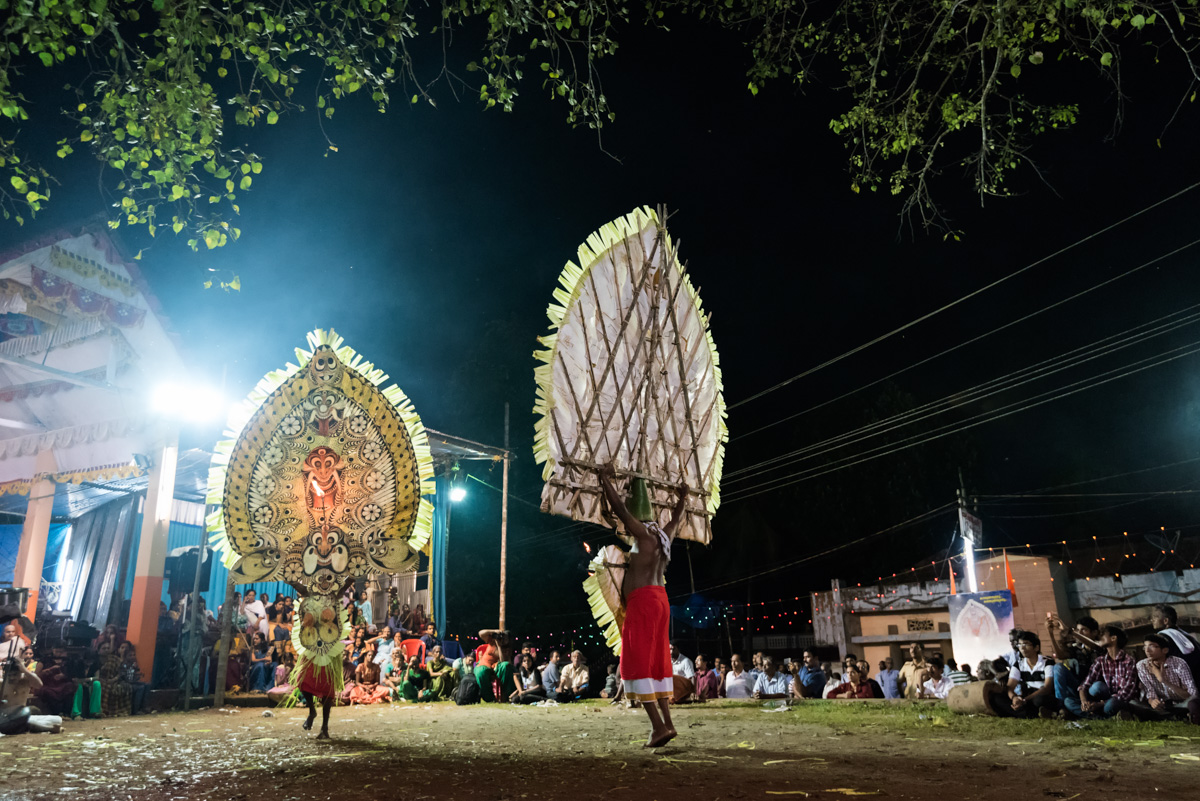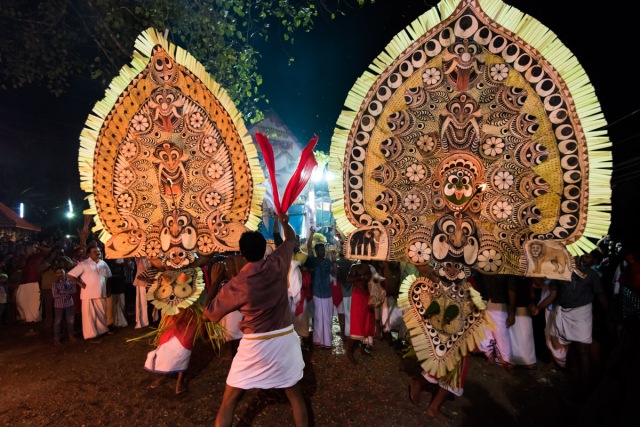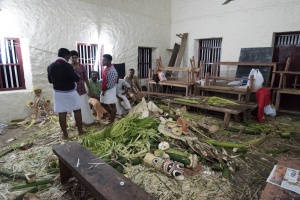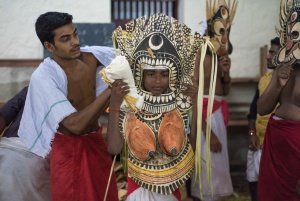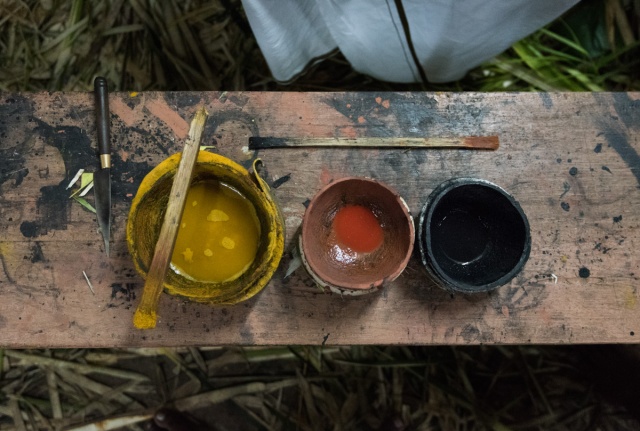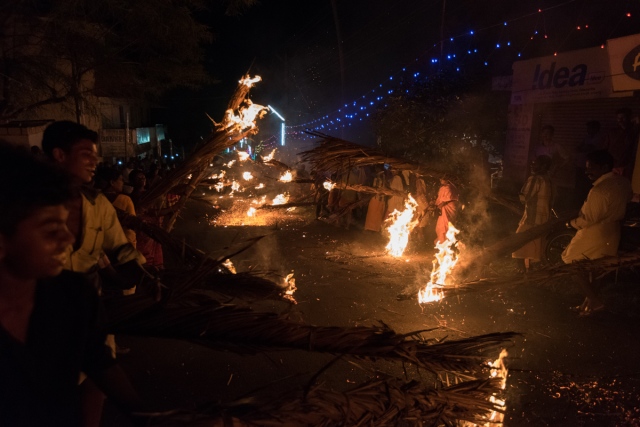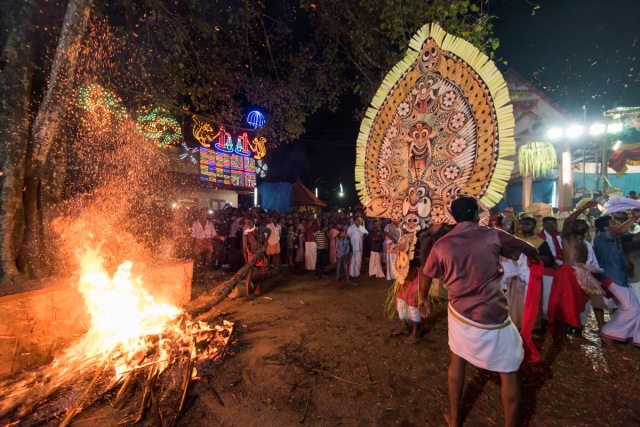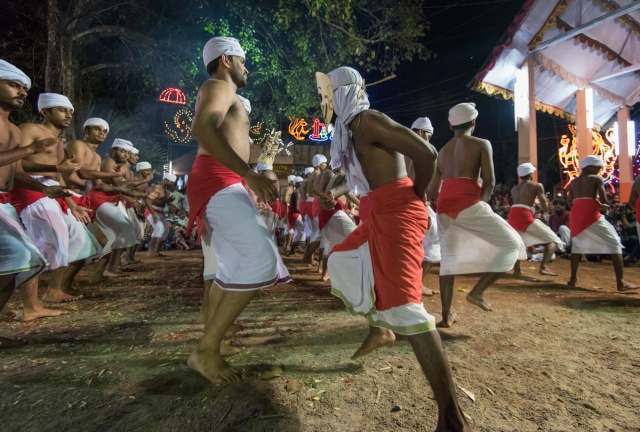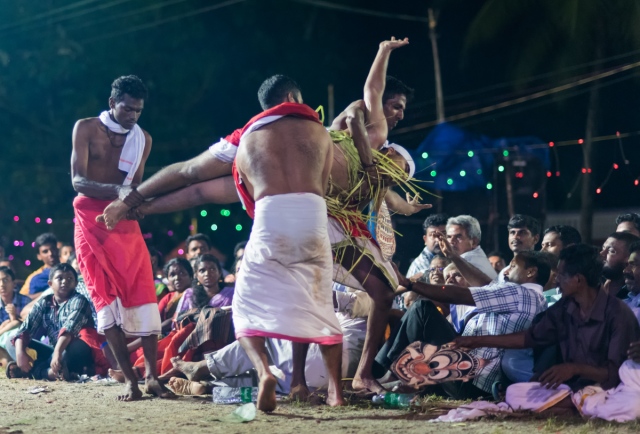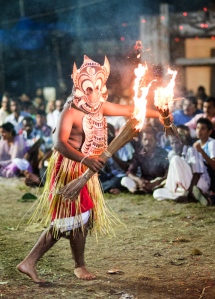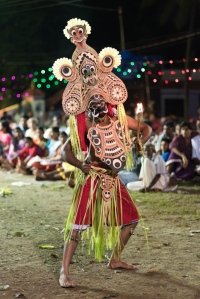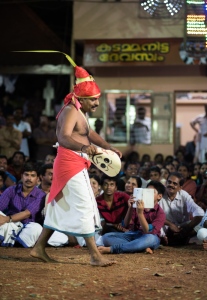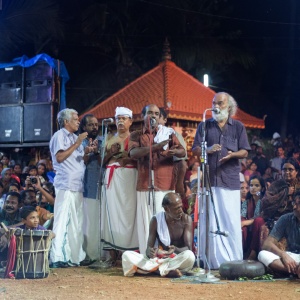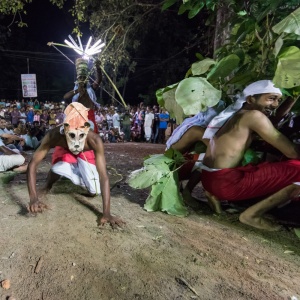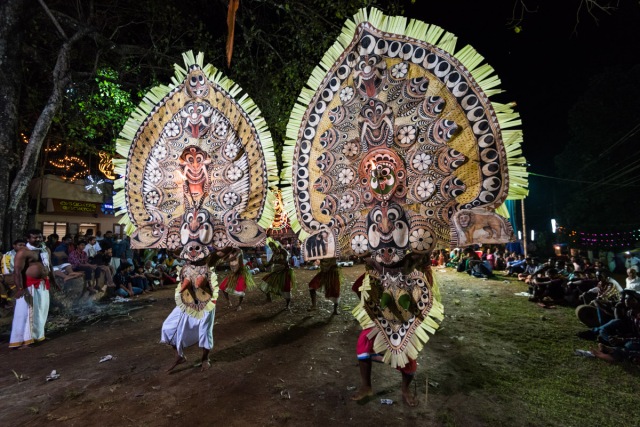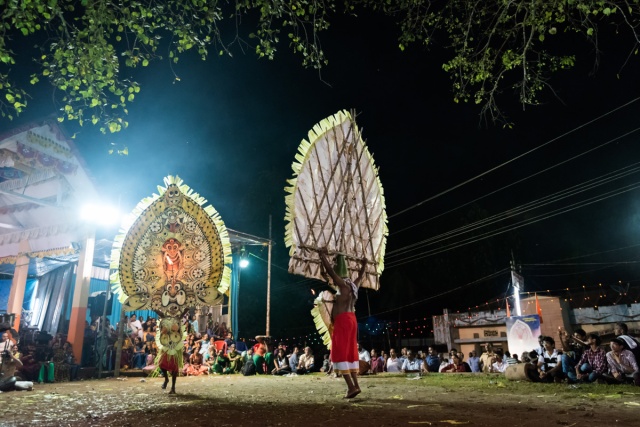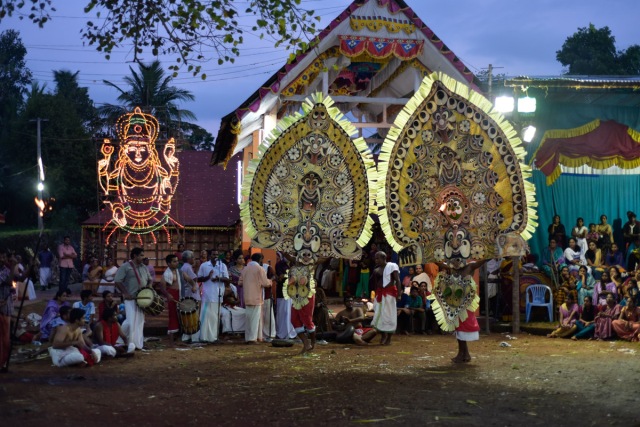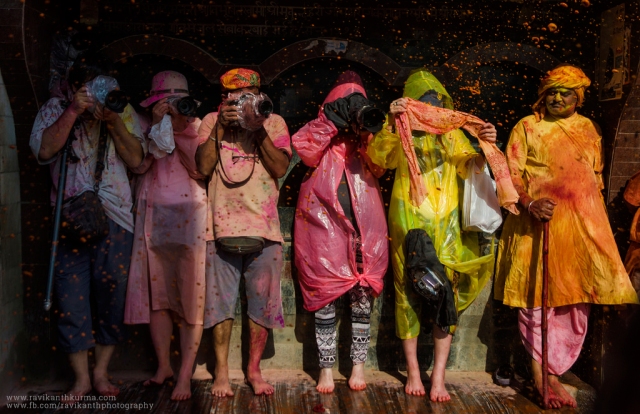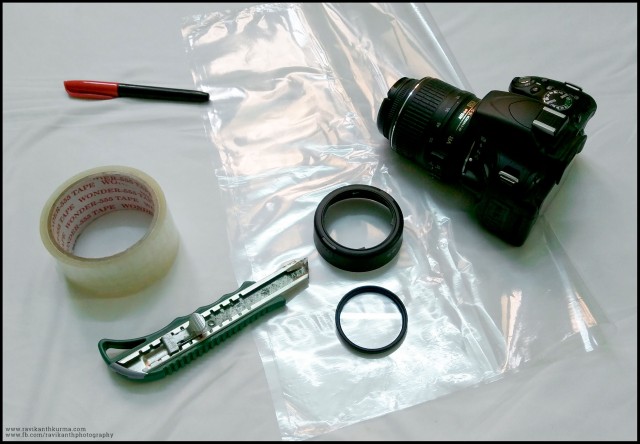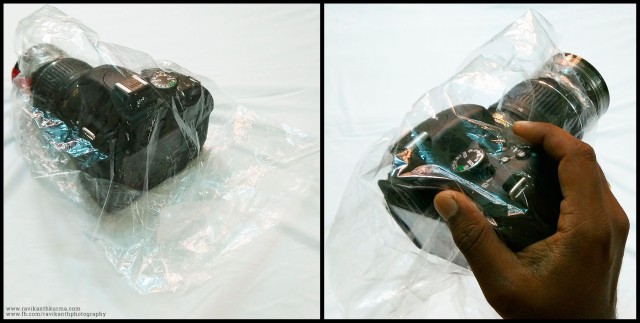Photographers Guide to Holi
Holi, the festival of colours is one of the most popular Indian festivals, attracting large number of photographers from all around the world every year to capture the play of colours.
Braj region is the most famous for its traditional Holi celebration. It is a historical region composed of Mathura, Vrindavan, Barsana, Nandgaon and some nearby villages, celebrate holi for almost a week. Lord Krishna was born in Mathura, he grew up in Nandagoan and the beautiful Radha is from Barsana. Tourists and pilgrims are drawn here from all over the world to experience the special customs and traditions.
Important Dates* which photographers should not miss:
17 March 2016 – Traditional Lathmar Holi in Barasana
18 March 2016 – Traditional Lathmar Holi in NandGaon
19 March 2016 – Holi Celebration in Mathura Temples
20 March 2016 – Holi Celebration in Banke Bihari Temple, Vrindavan.
24 March 2015 – Holi Celebrations in various Mathrua, Vrindavan Temples and all over India.
Lathmar Holi is the most significant among all of them. It is more famous at Barsana though it is celebrated across several villages in Mathura.
Check this link for detailed holi dates: http://mathuravisit.com/mathura-festivals-dates.html
*Note: The dates may be changed by the heads of the village panchayat in the last minute. So always call the hotel you are going to stay or any other in the Braj region to get the dates confirmed. This happened in 2014 and we missed a day.
Myth:
The legend behind Lathmar Holi is closely associated with Lord Krishna and Radha. Young Krishna was a very mischievous child. Being very dark himself, he was envious of Radha’s fair complexion. Once, Krishna asked his mother Yashoda about the unjustness of nature, Radha was so fair and he was so dark. Child Krishna began crying as he asked this. To calm him down, Yashoda told him to go and smear Radha’s face with any colour he wished. Young Krishna, at once, heeded to what his mother advised. Naughtily, he applied colours onto Radha’s face in order to make her look like him. The Indian traditional art forms wonderfully record and pay tribute to this legend. There are numerous murals and paintings depicting Krishna’s prank of applying colour on and playing with Radha and other gopis.
Tradition:
This loveable prank of Krishna where he applied colour on Radha and other gopis using water jets called pichkaris gained acceptance and popularity. So much so that it evolved as a tradition and later, a full-fledged festival.
In Lathmar Holi, men in traditional dress from Nandgaon adorn the role of gops (friends of Krishna). In Barsana, women adorn the role of gopis (friends of Radha). The men reach Barsana and drench the women in colour, in return they beat the men with batons. The following day, same tradition is followed when men from barsana visit Nandgaon.
This legend is wonderfully brought alive each year all over India, particularly in Braj Region. In fact the immortal love of Krishna and Radha is celebrated by the entire country, where they get drenched in the colour waters when it is time for Holi. Also there are different customs and legends associated with Holi in different regions of india.
What to expect while photographing Holi:
Where ever you are to photograph Holi, you are bound to get drenched in colours. You can neither run nor hide from the colours. If you refuse, you are targeted even more. The best way to photograph the festival is to get lost in the celebrations. I have seen many locals target the photographers and throw colour directly onto their camera. The number of photographers at the festival is increasing day by day; as a result there are more photographers than people celebrating Holi. Just to get the ‘shot’, try not to disturb the celebrations and invade anyone’s privacy. Stand back and be patient, you will be amazed at what you can capture.
Here are some quick tips on Preparing yourself for the shoot:
1) Decide on which lens you are going to use based on the type of photographs you are planning to capture and make sure you have an UV Filter and Hood. It’s very difficult to keep changing the lens during the festival. It is highly likely that colour will end up on your camera sensor. It is better to carry 2 bodies if you have to use two lenses. Ideal focal length for single body would be 24-105mm or if you carry two bodies then its 16-35mm and 70-200mm. Again lens selection is purely based on your type of photography.
2) Buy couple of extra cheap UV filters. Colour will inevitably end up directly on your lens. And sometimes you won’t be able to clean it easily. Extra UV filters become very handy, as all you have to do is change the filter and continue to shoot. Later you can wash the colour off the glass.
3) Carry protective eyewear. Dust protecting bike goggles are the best. This is the most important accessory as you don’t want to get blinded by the colours.
4) Carry a rain cover or a waterproof case for your camera. (Operating a camera through waterproof case/cover might be difficult). You can even make a rain cover on your own. I found this very easy, economical and comfortable. It protects the camera much better than the cheap covers you might buy. And the level of protection is also high. Even the good quality rain covers need to be taped around to get a better seal. Read the next section for DIY Rain Cover.
5) Carry enough old dresses for the duration of your stay as it is very difficult to wash the colours away. If you truly want to experience the festival and enjoy it, wear the traditional white kurtha-pyjama. You can get one for about INR500/-, but make sure you get a good quality pyjama (bottom), else it will tear easily. Experienced it myself ☺
6) Carry a hat or a cap if you want to protect your hair from the colours. You can even apply hair oil before the event; it will be easier to clean later.
7) Wear old slippers. Footwear is not allowed in temple, and there aren’t any lockers to keep them safe. Best way to keep them safe, is to leave it in your vehicle or at a street stall near the temple by paying the owner a little something. You do not want to end up barefoot like I did ☺
8) Carry a soft towel or cloth to wipe off the dust from lens. Don’t carry the expensive lens cleaning cloths, as they will be useless after few wipes. You can also carry a Compressed Air Duster, which will be very effective in blowing away the dust off your lens.
9) Carry the additional items or accessories protected in a polythene bag before you pack them into your backpack or use a rain cover over your backpack.
Steps to make a simple DIY Rain Cover:
Required Items:
- Clear Plastic Cover**
- Duct Tape
- Blade
- Marker
- Lens Hood
- UV Filter
**NOTE: Choose a good quality cover which won’t tear off easily, but at the same time not too thick. If it’s too thick, you will find it difficult to use your camera. Also by choosing clear transparent cover, you don’t need to make a cut near the viewfinder.
STEP-1:
Cut a hole at the centre of the sealed end of the cover according to the diameter of your lens hood. And then slide that opening around the lens hood and tape it around the hood for better seal.
STEP-2:
Now fix the hood over your lens. You might find it difficult to do this, if you tape the hood tightly or if it is a screw type hood. In this case, reverse the cover over the hood and then fix it on lens and pull the cover back over the camera as shown below. Remove the camera strap for better comfort.
STEP-3:
Now seal the open side of the cover with duct tape. Make sure to leave small gap, so that the cover doesn’t get air locked. Now wrap the cover closely so it’s comfortable for you to grip. Keep the cover around the lens loose so as not to get the auto focus ring and the lens zoom area jammed. Lens with internal focus and zoom won’t have this issue.
(or) If you are not too comfortable operating the camera over the cover, then leave an opening to slide your hand in before sealing the open side as shown below.
Note: I was able to use a single rain cover throughout the day without it getting damaged. As a backup, it’s better to carry another rain cover protected hood.
I hope this has helped you and answered most of your questions. Please feel free to leave your suggestions and questions in the comments, and I’ll get back to you. HAPPY HOLI 🙂
For the exclusive collection of my Holi photographs, please visit:
HOLI 2013:
Location: Chennai, Sowcarpet
Equipment: Nikon D7000 + Nikon 85mm f1.8 AF-D
Album URL: https://www.flickr.com/photos/ravi-k/sets/72157633106366424/
HOLI 2014:
Location: Nandgaon, Mathura, Vrindavan
Equipment: Nikon D7000 + Tamron 17-50 f2.8
Album URL: http://www.ravikanthkurma.com/holi_2014
HOLI 2016: Coming Soon☺
